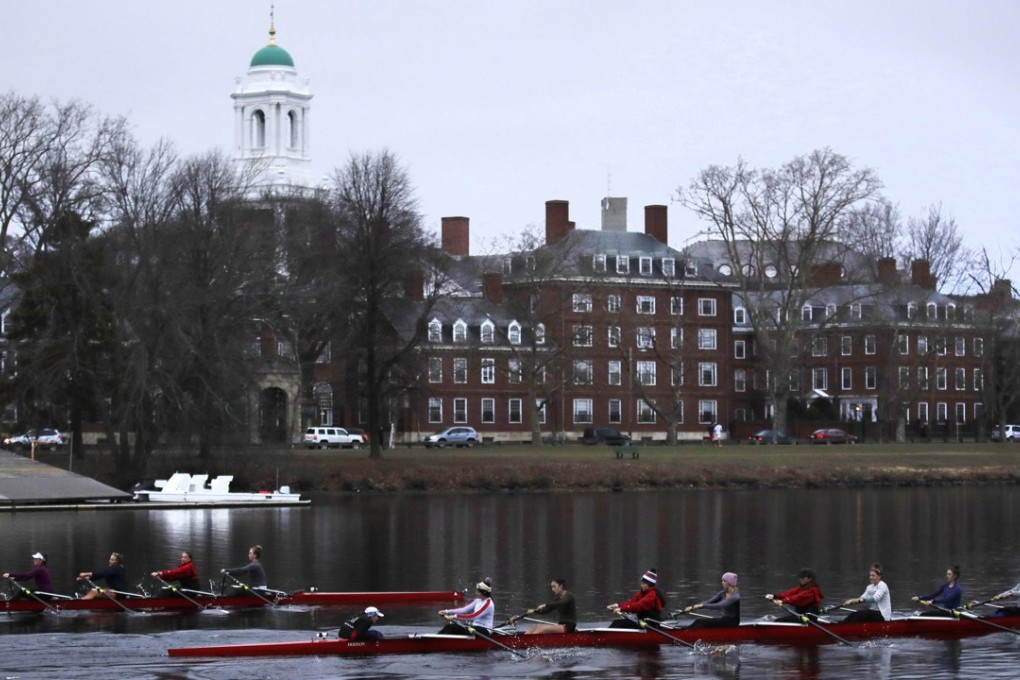EdTalk | Why is getting into an Ivy so difficult and unpredictable?
Taking a look at the figures goes some way to explain this but doesn’t tell the whole story. From the student perspective, the fact that the Ivy League represents 0.2% of higher education institutions in the USA offers lessons for their research

Firstly, let’s deal with the use of the term Ivy. The “Ivy League” is in fact an athletic conference: that is, a group of eight colleges in the northeast of the United States that happen to play American football against one another. As they are all highly selective, not to mention prestigious, the term is often used or misused to describe the most selective colleges in the US as a whole. In fact, the likes of Stanford, MIT and even Chicago are more selective than some of the Ivy League, but are not part of it.
So, let’s simply say “most selective” and examine why admission seems so difficult. I was asked this question a few years back by my employers at the time: more specifically, “why are more of our students getting into the top UK universities but fewer into the top US colleges?”
My somewhat curt answer was “do the maths!” I took what can reasonably be regarded as the top five US colleges and compared them to the top five UK universities. The undergraduate populations of the former are often smaller than many realise and the following figures, updated recently, are striking:
| Schools | US Top 5 | UK Top 5 |
| Undergrad Places Available | 7,639 | 23,707 |
| Population | 323m | 66m |
As you can see, this is not rocket science, but it should not deter potential US applicants. I would remind both students and parents that the breadth and depth of quality of higher education in the US means there are many opportunities there for those who can take off the Ivy League blinkers.
However, it is undeniable that “admit rates” (the percentage of those who apply that are accepted) have become disturbingly low, reaching 5 per cent for Stanford and Harvard.
Remembering that their undergraduate populations are not huge, the rising number of applications is the main reason for this: online application is so much easier and international applications (many of which are utterly unrealistic), in particular, have rocketed in recent years. Add to that the hype surrounding these brand name colleges and you have most of the answer.
For the class of 1997, Northwestern received 12,640 applications and accepted 43 per cent: last year, the figures were 38,259 and 11 per cent, respectively.
